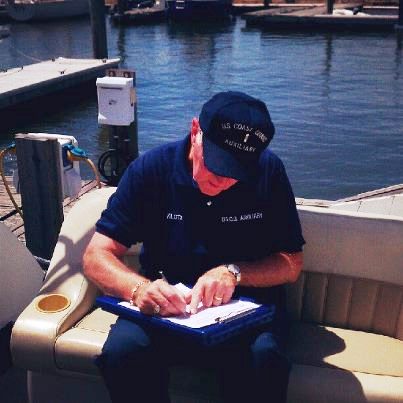Level 1 Leadership - Member
Fundamental to successful development as a leader is an understanding of self and one’s own abilities. This includes understanding one’s personality, values, and preferences, while simultaneously recognizing one’s potential as a member of the Coast Guard team. Personal conduct, health and well-being, character, technical proficiency, lifelong learning, followership, and organizational commitment are elements to consider when setting short and long-term goals focused upon the leadership development of “self.”
Methods for Gaining and Demonstrating Competence
As noted above, Auxiliarists are a diverse group. Some have extensive civilian leadership training and experience. Others have had more limited opportunities. To ensure success the Auxiliary needs capable leaders at all levels in the organization. The above sections define the minimum expectations for leaders at each level in the Auxiliary. This section identifies the intended performance level targets for each of the major Auxiliary leadership training courses.
In addition to Auxiliary training courses, there are other resources available to Auxiliarists. Check with your Member Training Staff Officer for available sources.
Many Districts publish District Policy Manuals. Auxiliary members at all levels are encouraged to utilize these resources.
The section below describes the specific leadership/management courses intended for each level and the minimum performance level targets for each of these in terms of the 28 leadership competencies expected of graduates of these courses. Three target performance levels are included:
1. Awareness: The Auxiliarist is aware of the concept and can define its meaning.
2. Application: The Auxiliarist is capable of applying the concepts and principles of the leadership competency in his/her customary work environment (e.g., at the Flotilla, Division, District, or National Levels).
3. Overall responsibility: The Auxiliarist has awareness, application skills, and overall responsibility for ensuring that members in their care have sufficient training and skills.
In the descriptions below, these three levels (awareness, application, overall responsibility) are denoted 1, 2, and 3 respectively.
Level One: Member
Currently, the two courses specifically targeted for the member are the Basic Qualifications Course (BQC-II) and the Auxiliary Flotilla Leadership Course (AFLC). The Basic Qualifications Course is an introduction to Auxiliary. Although some leadership material is included (at least implicitly) the course provides background material. Nonetheless, the recommended Auxiliary Flotilla Leadership Course contains target performance levels for many competencies not covered by the Basic Qualifications Course.
Members (without other Auxiliary office) are also expected to learn leadership competencies by observation of elected and appointed leaders (on-the-job training) and by utilizing general materials, such as the reading lists published by the Commandant of the Coast Guard and District Commodores as well as no-cost Federal Emergency Management Agency (FEMA) leadership courses.
